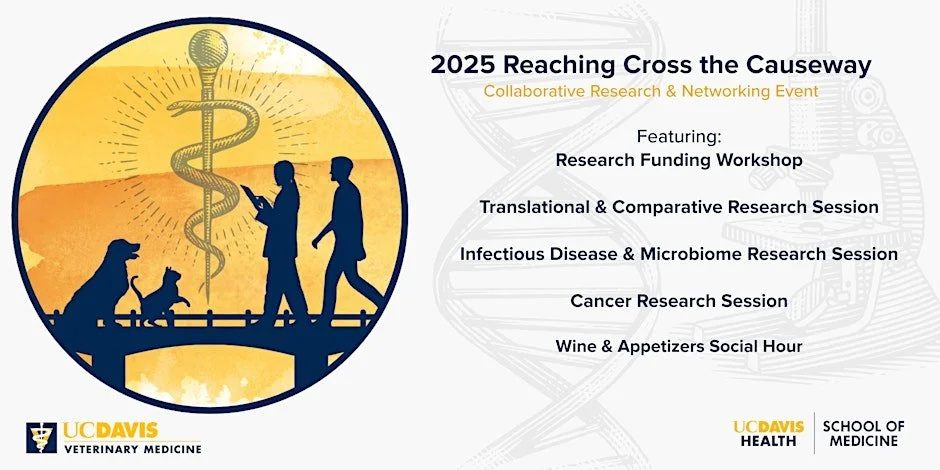Translation in fast forward: Patient driven research on deletions and duplications of chromosome 15q11.2-q13
5:30 PM - 6:00 PM
Wed Jun 26, 2019
Authors: Silverman, Jill L.; Berg Elizabeth L.; Copping, Nycole A.; Petkova Stela P.; Adhikari Anna; Wohr Markus; Ellegood, Jacob
Translation in Fast Forward: Patient Driven Research on Deletions and Duplications of Chromosome 15q11.2-q13 Mutations in chromosomal region 15q11.2-q13 result in at least three neurodevelopmental disorders including Angelman, Prader -Willi and Dup15q Syndromes. Angelman Syndrome (AS) is a rare neurodevelopmental disorder characterized by developmental delay, impaired receptive and expressive communication skills, ataxia, motor and balance deficits, poor attention, intellectual disabilities, microcephaly, and seizures. The genetic cause of AS is loss of expression of UBE3A (ubiquitin-protein ligase E6-AP) in the brain, typically due to a deletion of the maternal 15q11-q13 region. Duplications or triplications of chromosome 15q11.2-q13 (Dup15q) are one of the most common and penetrant genomic rearrangements observed in autism spectrum disorders (ASD), accounting for up to ~3% of cases. Characteristic features of Dup15q are hypotonia, failure to thrive, moderate to severe ID, seizures, impaired motor coordination, and ASD. Given the causal role of Ube3a in AS, we postulated that Ube3a overexpression is the major contributor factor in the Dup15q phenotype. New advances in mouse and rat models have allowed for the development and utilization of clinically-relevant behavioral assays to measure sophisticated outcomes of social communication, fine grained motor skills, and learning and memory, beyond rudimentary maze based paradigms. We examined clinically-relevant behavior, neuroanatomy by MRI, and neurophysiology by electroencephalographic (EEG) for spiking events in our Ube3a deletion rats and an Ube3a overexpression mouse model system. We discovered delayed reflex development, altered social communication, gait abnormalities, and impaired learning and memory in the Ube3a deletion rat model of AS. We also discovered EEG characteristics that are translationally relevant and have been observed in AS and Dup15q clinics, such as abnormal delta and beta power bands. Our use of translational innovative outcome measures, like EEG, touchscreen tasks and motor skills, are required to demonstrate the test utility of innovative drug designs (i.e. gene therapy, viral vector delivery and/or stem cells), as well as to validate other traditional medicinal therapies (i.e., diet, CBDs or pharmaceutics) that may be in the drug discovery pipeline by biotechnological and pharmaceutical companies. Funded by NINDS (R01NS097808) and FAST.

